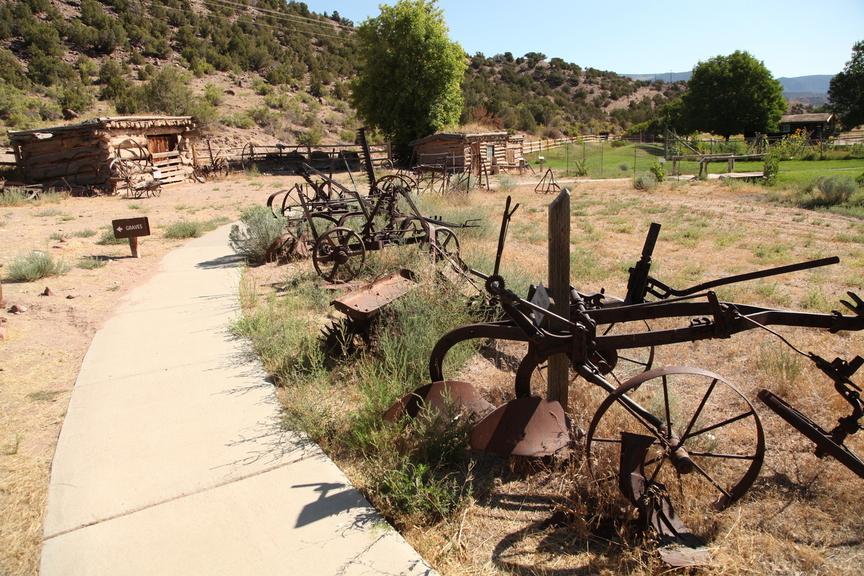Written by Chase Roberts Utah Division of State History and Christopher W. Merritt Utah State Historic Preservation Officer
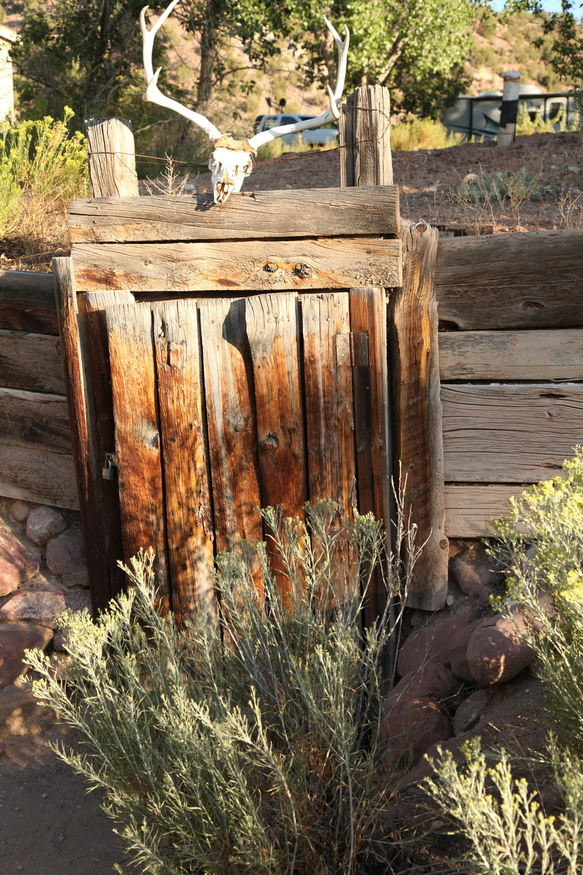
If you ask most Utahns where Daggett County is, and you might get some puzzled looks, or a reference to “That’s right near Flaming Gorge, right?”. But this tucked away county in northeastern Utah is home to spectacular natural beauty from the Uintas to the Green River, and a rich historical legacy. Today, the Bureau of Land Management’s Vernal Field Office is helping to preserve one of those crown jewels of Daggett County history, the John Jarvie Ranch. This out of the way Ranch holds countless stories that can transmit the visitor back over a hundred years when outlaws were as seemingly a common sight in Brown’s Park as cattle (at least as the stories go!).
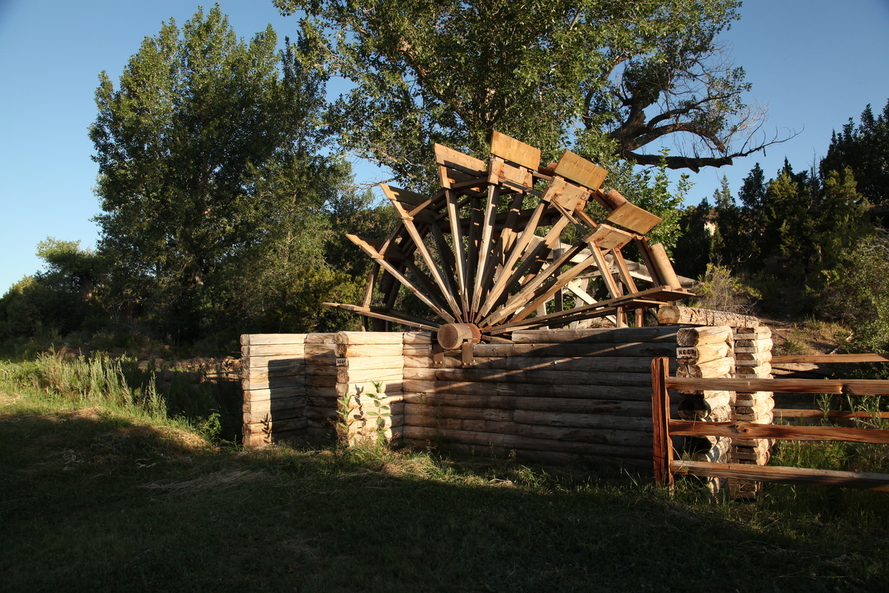
Brown’s Park, east of modern-day Flaming Gorge, was an important area for Native American peoples, long before the arrival of Europeans and European-Americans. Ute and Shoshone tribes lived and traveled through this area for hundreds of years before John Jarvie arrived and built his ranch. Jarvie, born in Scotland in 1844, established his ranch in Brown’s Park around 1880 with his wife Nellie Barr, and positioned the location at a long-standing ford of the Green River. Until Jarvie was murdered in 1909 during a robbery, the homestead was a popular crossroads for legal and illegal traffic, but that is not our story today! If you are interested in reading more about the John Jarvie History please read this report written in the 1980s and click here if you are interested in looking at a map of the site.
The Jarvie Ranch went up for sale in 1977, and was sold to the Nature Conservancy and then eventually sold to the Bureau of Land Management (BLM) in 1981. Today, the Ranch is managed as an open-air museum historic site with numerous buildings and artifacts for the public to see and enjoy while learning about the rich history of this area. To recognize this history, the Ranch was listed by the BLM on the National Register of Historic Places in 1985.
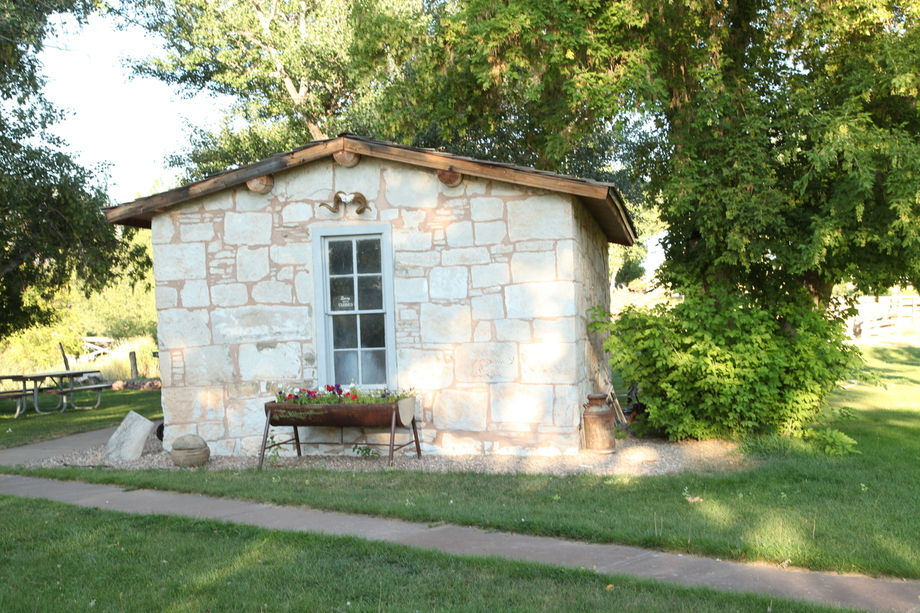
For the benefit of all Americans and international visitors, the BLM manages the buildings and artifacts as part of their mission. In hopes of better understanding the artifacts at the Ranch, the BLM partnered with the Utah Division of State History (State History) to inventory, identify, and catalog artifacts and objects in four of the historic buildings. Chase Roberts, co-author of this blog and employee at State History, spent ten weeks in the summer of 2019 staying at the Ranch and working methodically through the collections.
At the end of the project, Chase catalogued 945 artifacts located in the Stone House (built in the late 1880s), Jarvie’s General Store, the Blacksmith Shop, and a dugout. These artifacts include those directly related to the life and times of John Jarvie and also donated objects that help to tell an important story to the hundreds of visitors each year. Chase’s photographic skills came in handy to produce high-quality images of 62 objects that the BLM can use for online interpretation with a selection included here on this blog through a slideshow.
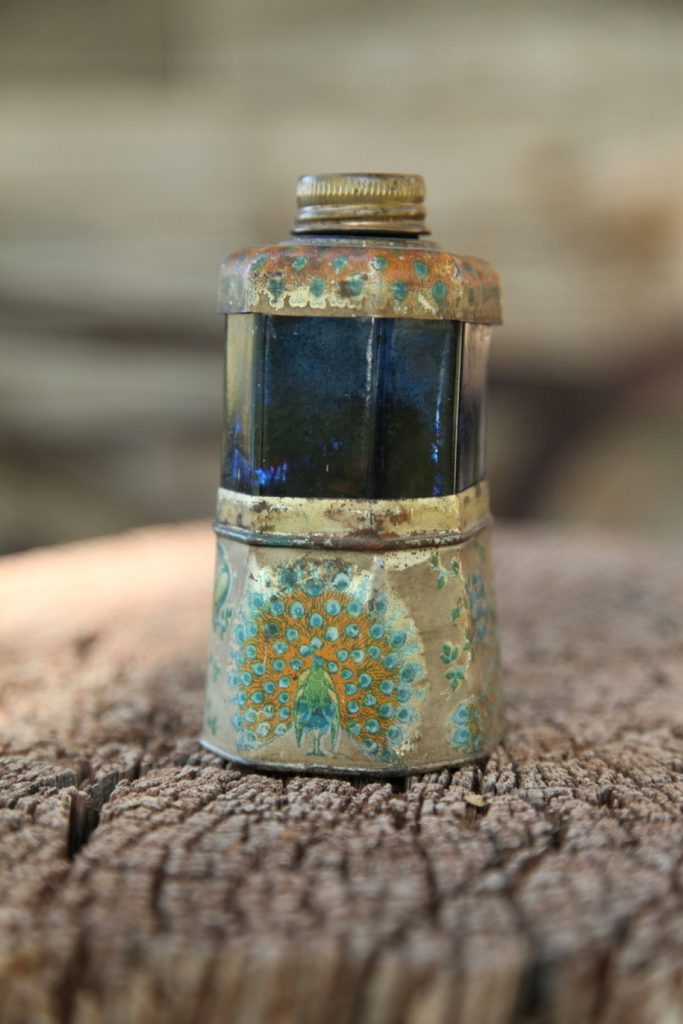
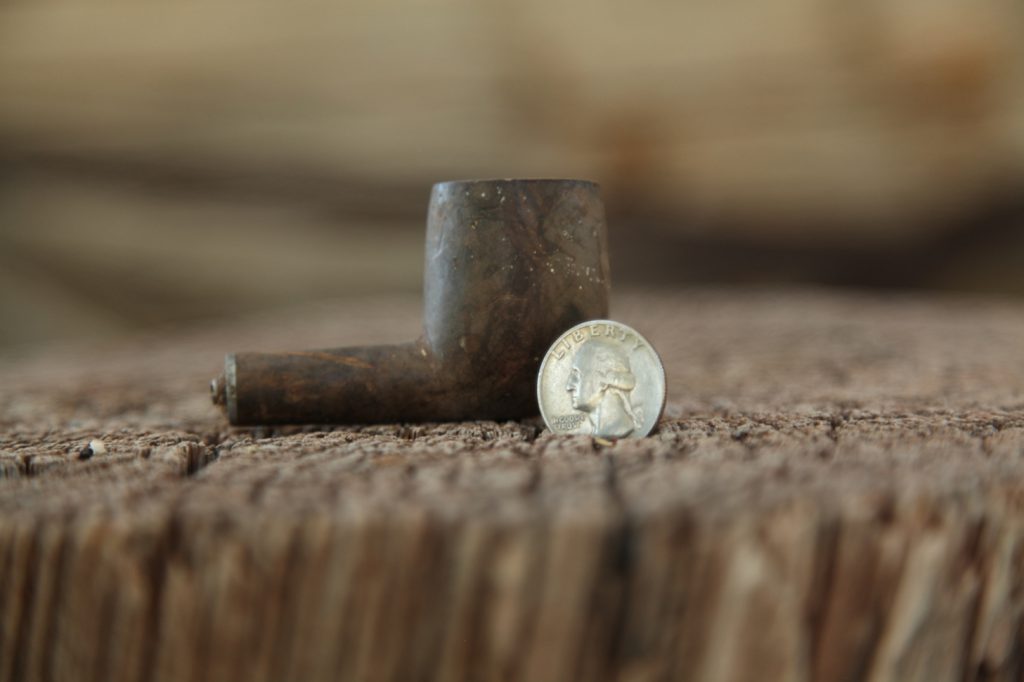
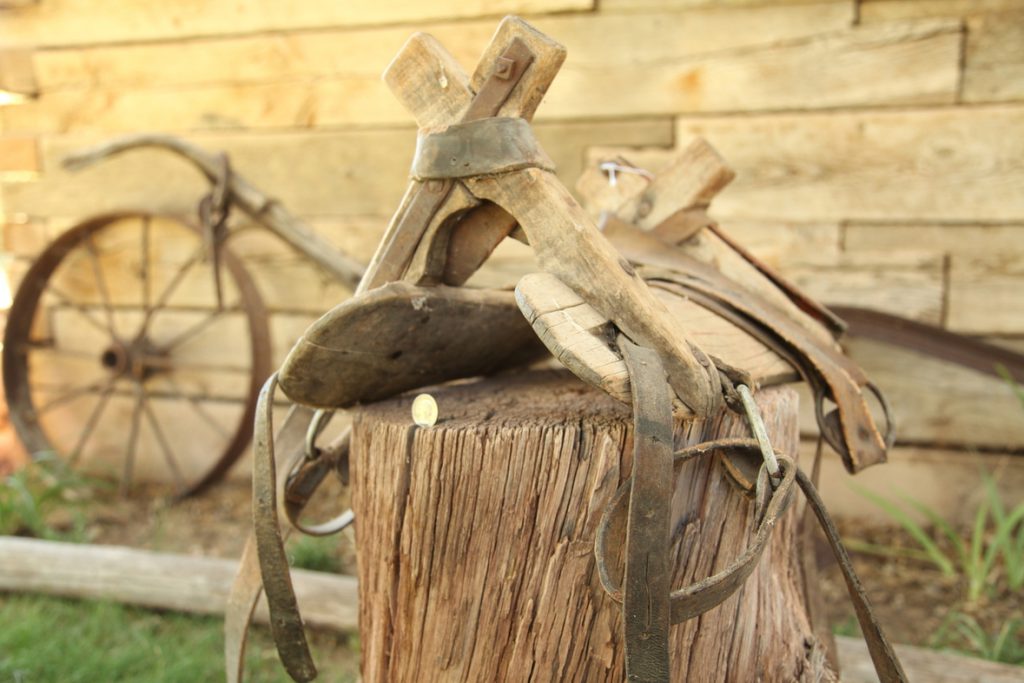
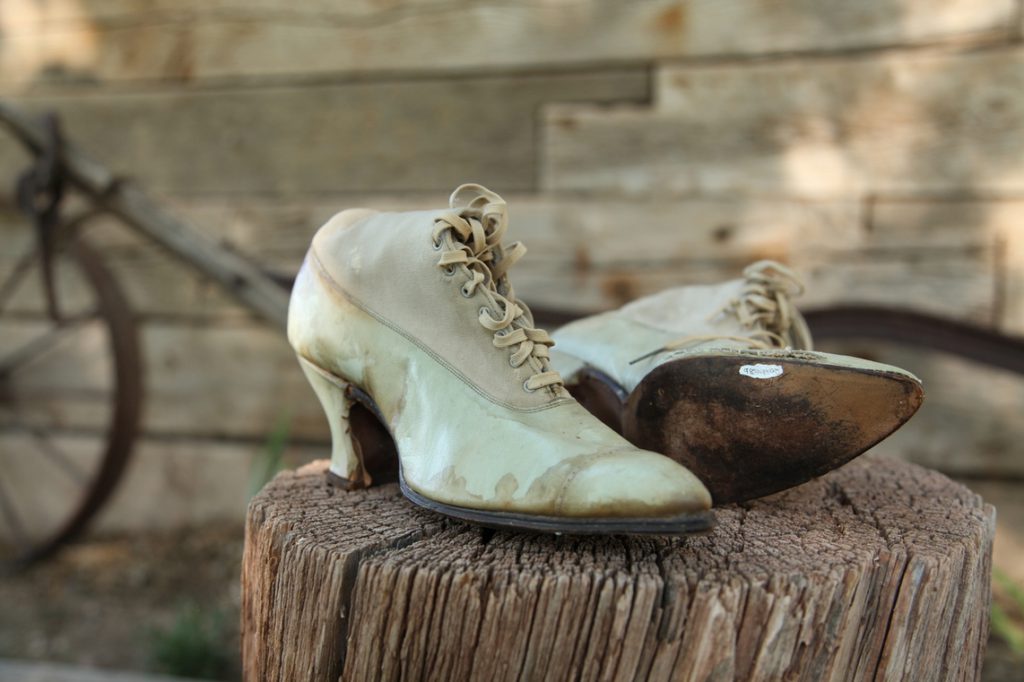
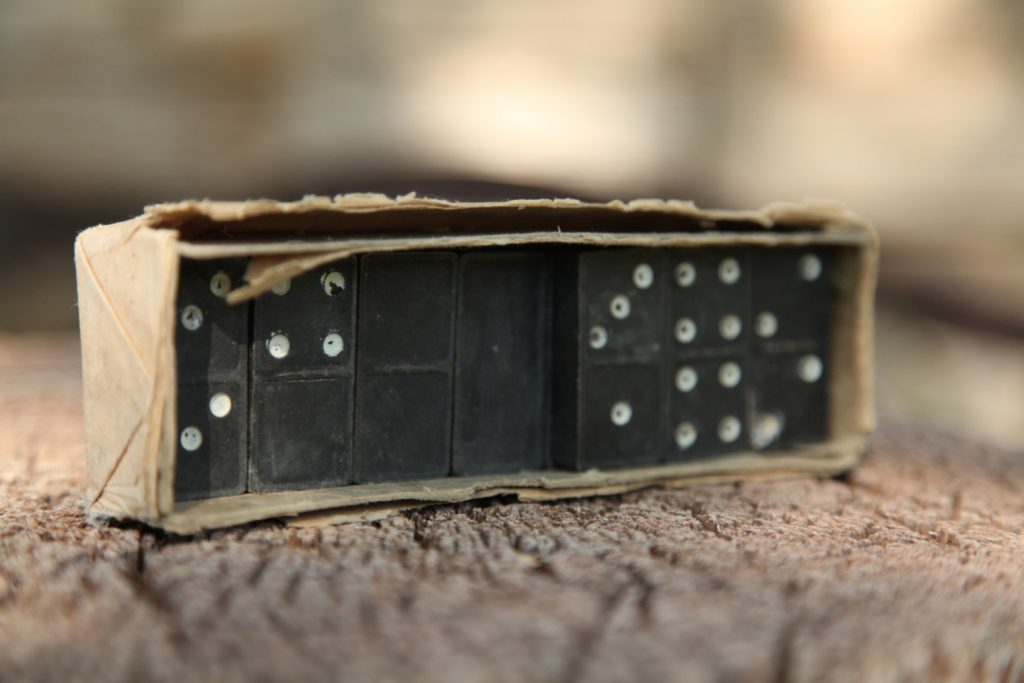
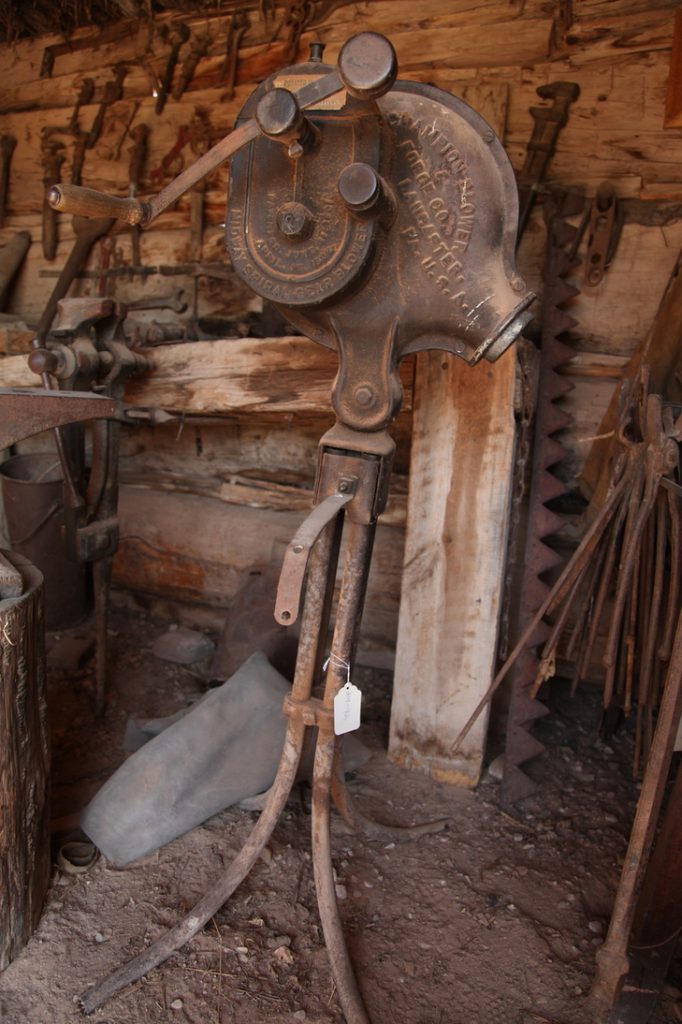
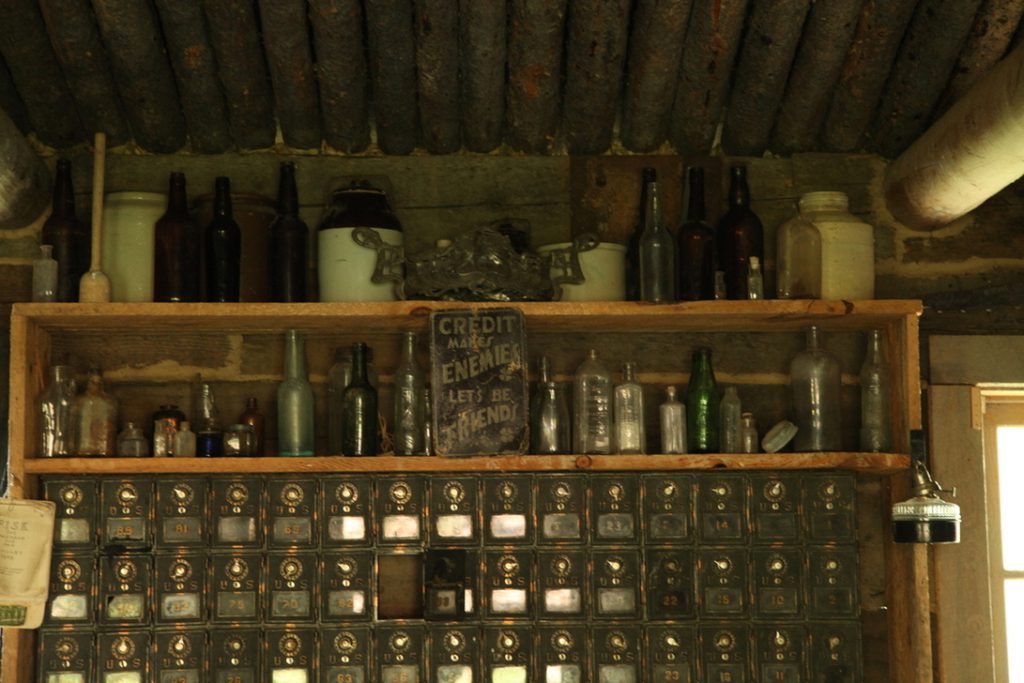
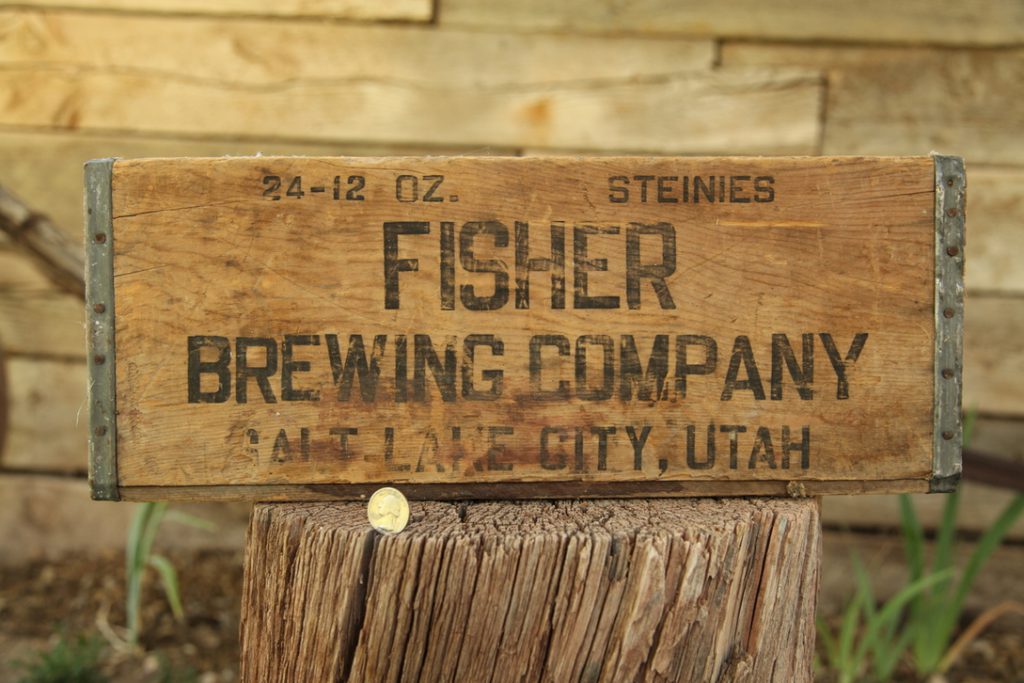
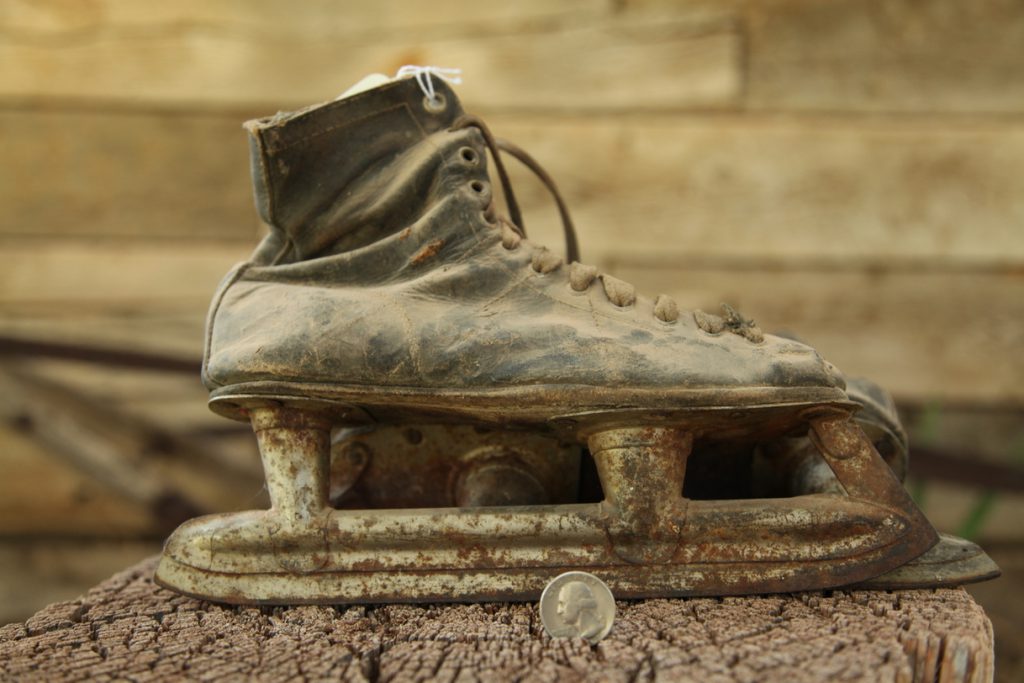
BLM will use this information to make decisions on what objects to interpret for specific themes, what objects that might need immediate care seeing that they are in outdoor spaces and not controlled for heat and cold, and what artifacts were added in the 1970s and 1980s that do not have relevance for the site’s interpretation (such as WW2-era canteens).State History was happy to partner with the BLM, and look forward to more opportunities to assist in preserving this important slice of Utah’s past. If you are interested in visiting the Jarvie Ranch please visit the BLM’s page here: https://www.blm.gov/learn/interpretive-centers/john-jarvie-historic-ranch
